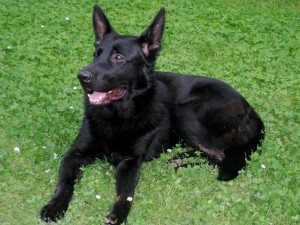 I view personal protection dogs for suburban families like handguns. Exactly where do you go that demands such a high level of defense? Why do you go there? What do you want your dog to protect, and when?
I view personal protection dogs for suburban families like handguns. Exactly where do you go that demands such a high level of defense? Why do you go there? What do you want your dog to protect, and when?
Imagine a lady’s purse concealing a Ruger LCP 380 automatic pistol. Imagine the purse is filled with cosmetics, billfold, and numerous other goodies that ladies carry in their purses. Imagine the pistol is loaded and the safety is off. YIKES! That’s an accident waiting to happen.
Over the past year, I’ve noticed a trend in new dog owners. Families are getting German Shepherd Dogs and other protection breeds like the Doberman Pincher or Cane Corso. All of the mentioned breeds can be the perfect family pet, with an educated owner. Problems arise when the amateurs attempt to train the dog to be warriors by increasing aggressive responses.
Some of these people praise and reward the dogs for aggressive behaviors, regardless of the situation. People have the idea that the dogs will protect them, and guard their property. Bad idea. The owners create a dog that will guard and attack, without discrimination!
Dog breeds that were specifically created for protection, guard duty, and fighting are not the best choice for a novice dog owner. Without guidance and extensive training, these guys are no better than a loaded and cocked handgun banging around in a purse.
The average person does not know how to train a dog to perform basic commands, much less advanced protection behaviors. A guarding dog, in the hands of a family dog owner, a dog that is purposely rewarded for aggressive behaviors, is an accident waiting to happen. The instances where the dog needs to guard are very rare, and the instances when the dog should relax for visiting children and friends is often.
Say, regardless of the dog you own, or want to own, you’ll need a 6 foot, leather training leash to teach Basic Obedience COMMANDS.
Here’s a link to Amazon, who has the best price for a braided, 6 foot, 1/2″ leather leash.
Alan J Turner Memphis TN
How’s Bentley – 21st Century Canine Relationship Specialist
Reactive Dog Workshop

